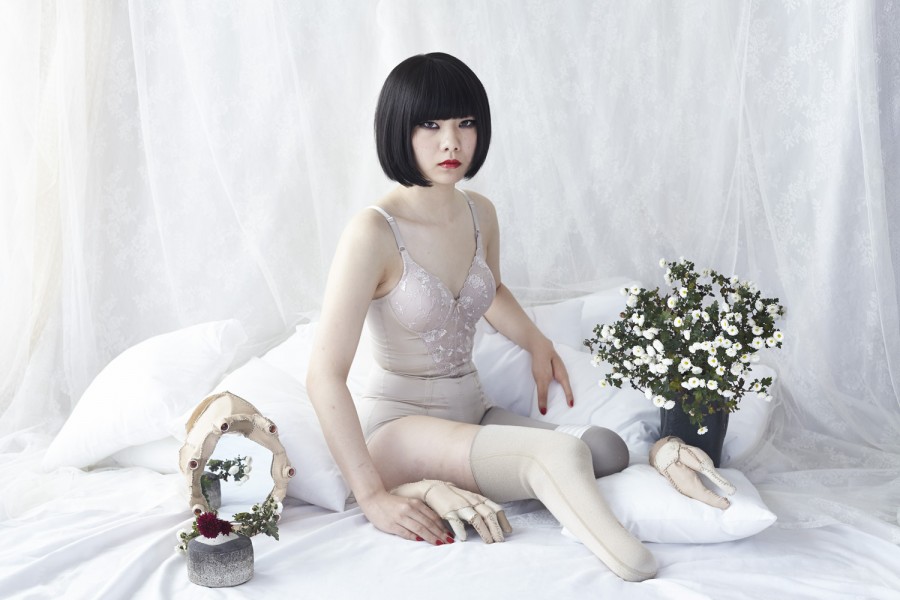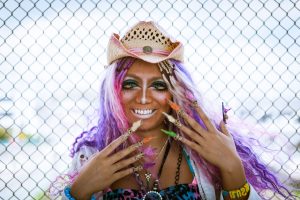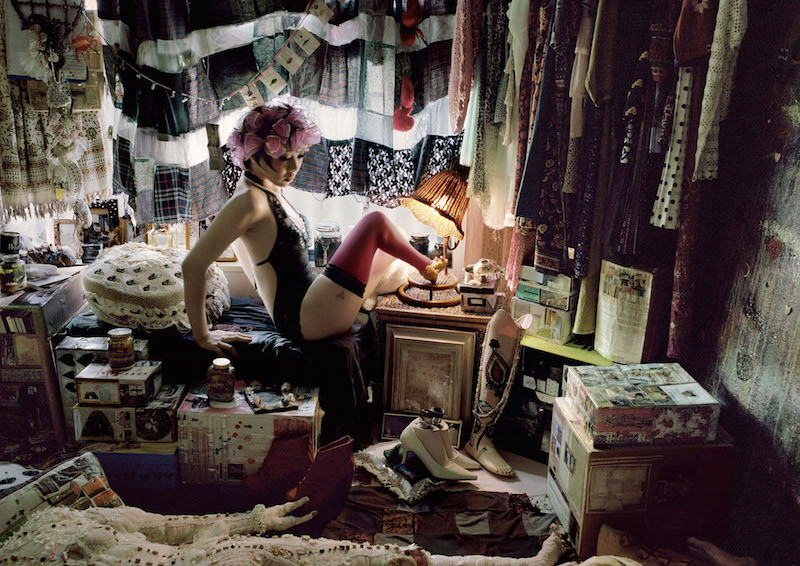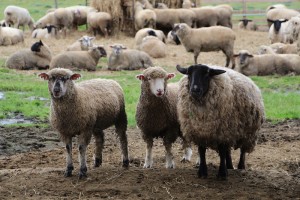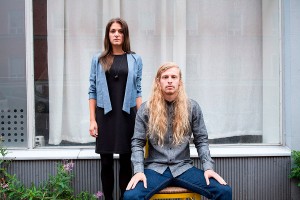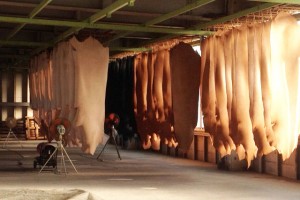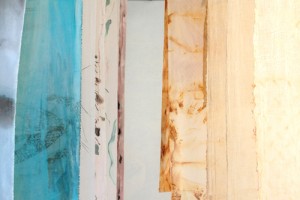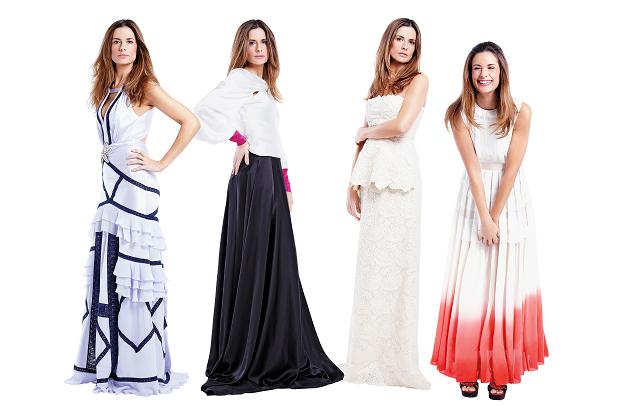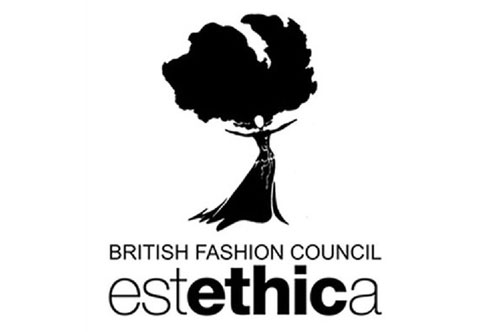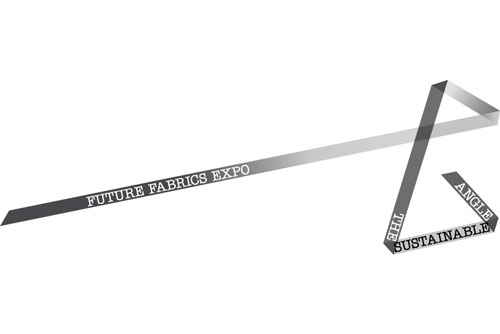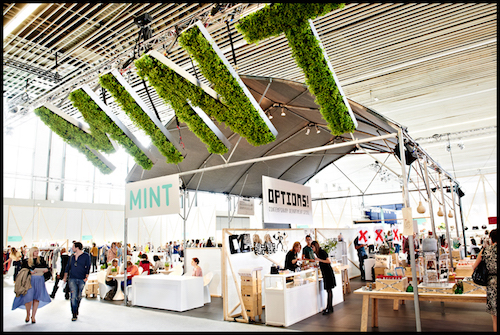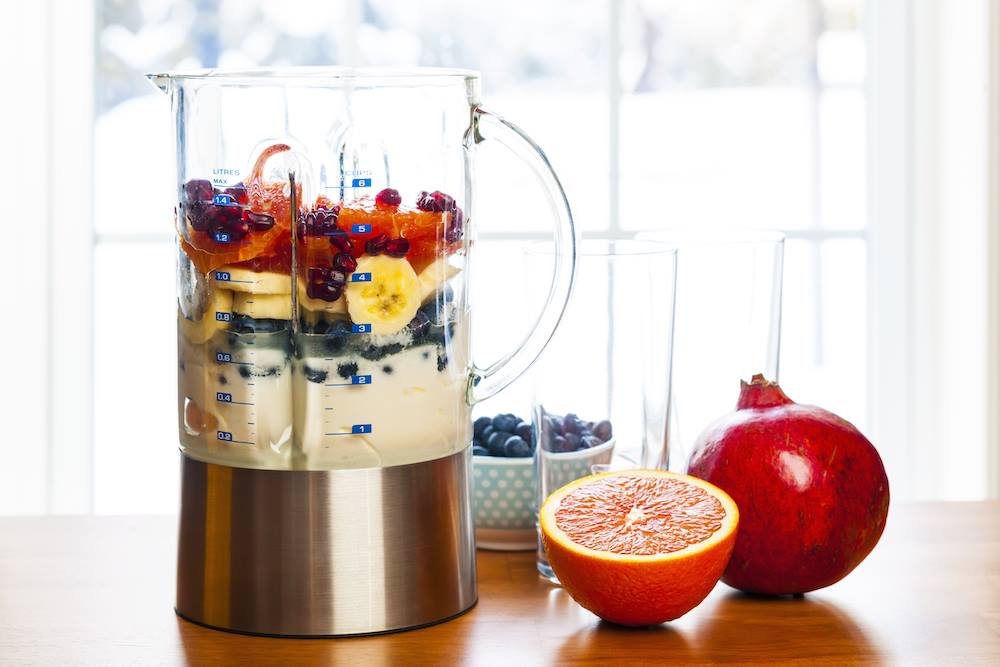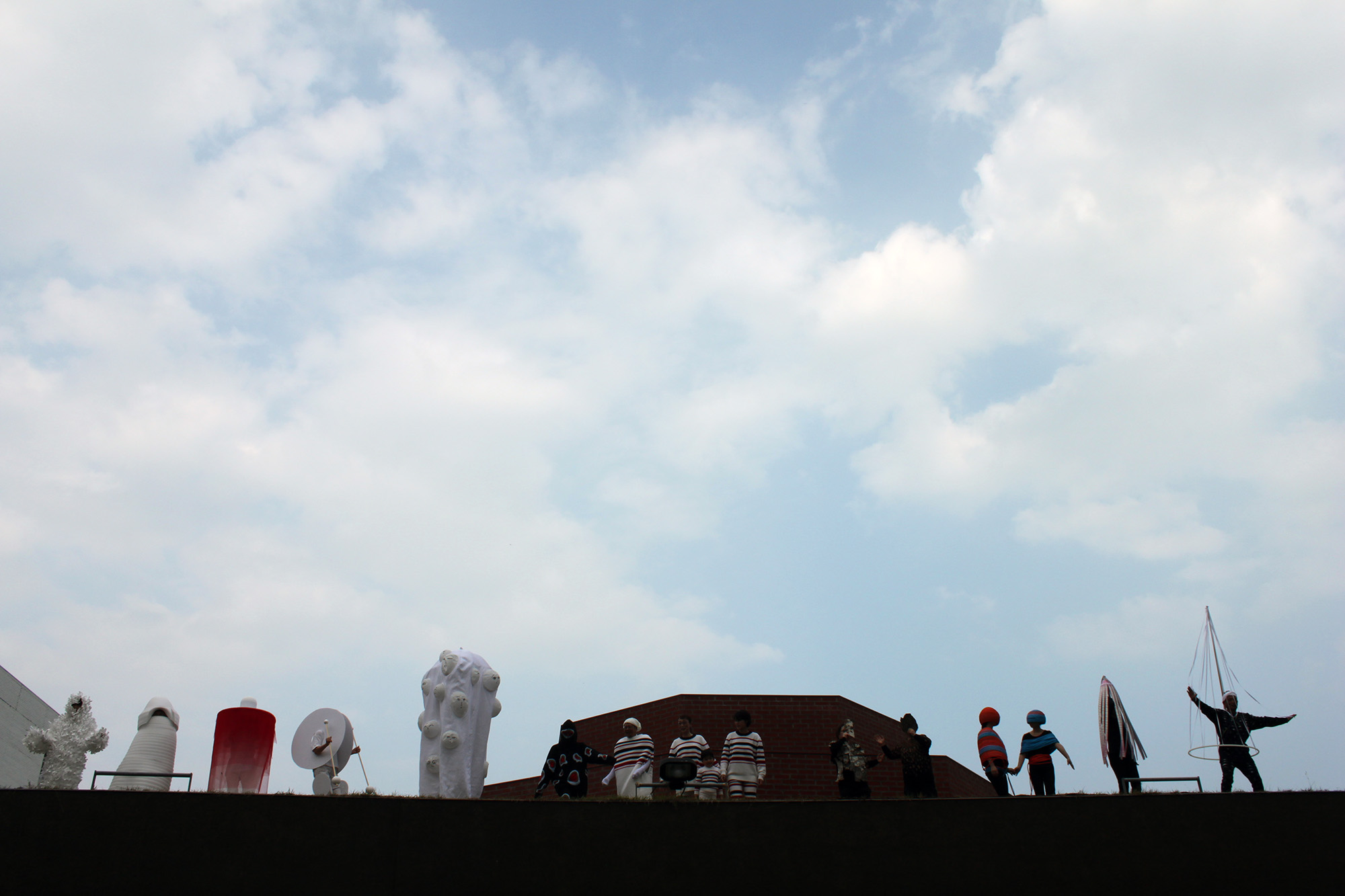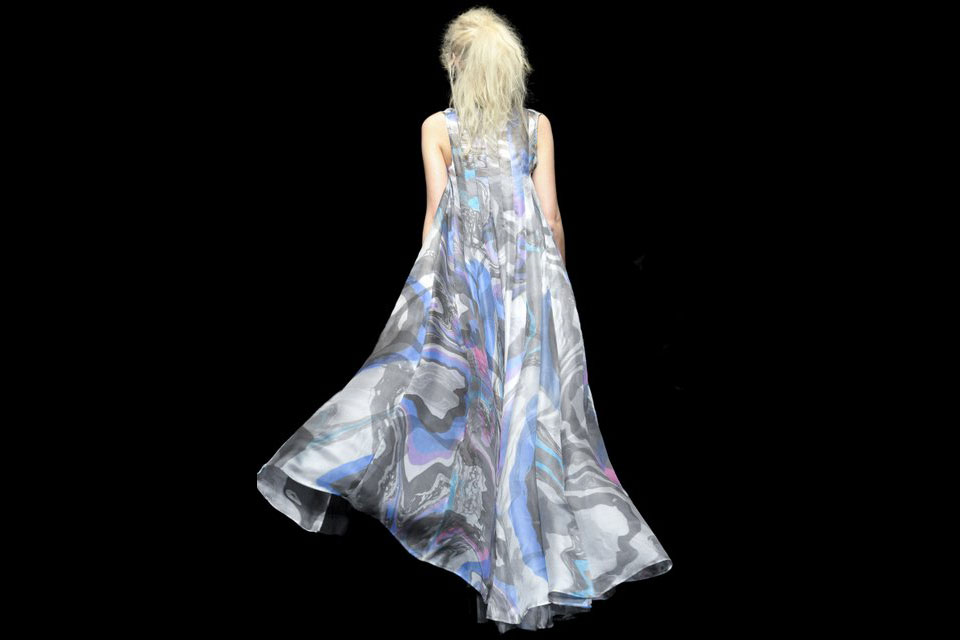 Written By:Ilaria Pasquinelli of texSture.
Written By:Ilaria Pasquinelli of texSture.
The Brazilian lifestyle is often associated with that of the carioca, the inhabitants of Rio de Janeiro. Colourful, dynamic, joyful, and bright — this is how we imagine the life of Brazilians to be. Having been there twice in the last month, I can say that this cliché corresponds to a large extent with the truth.
The most popular flip-flop brand in the world, Havaianas, has leveraged Brazil’s charisma as a country to successfully create a premium brand. Can the whole Brazilian fashion industry leverage the country’s identity to differentiate itself globally?
Brazilian Apparel
For starters, what does the Brazilian fashion industry have to offer? Not many of us will have a clear idea of this. Brazil is often associated with denim or swimwear: it is the second-largest producer and third-largest consumer of denim fabric, and it is a big market for summer collections.
Other associations are more difficult to come up with, but Brazilian fashion has a lot to offer. Unlike other emerging industries, Brazilian fashion has got a very strong designer movement that is showcased at the increasingly popular Sao Paulo and Rio Fashion Weeks. The designers are backed by a big textile and garment industry comprising 30,000 companies which produce 9.5 million garments every year; this industry is the second largest employer in the country (*ABIT).
Sustainability in Brazilian Apparel
Sustainability is becoming a key topic in Brazilian fashion. But what does this term mean for the Brazilians? Generally speaking, it seems that social aspects are more dominant than environmental ones. Many grassroots projects address social issues, which is important in a country like Brazil where 16 million people still live in extreme poverty (on an average of 70 Reais or US$42 a month).
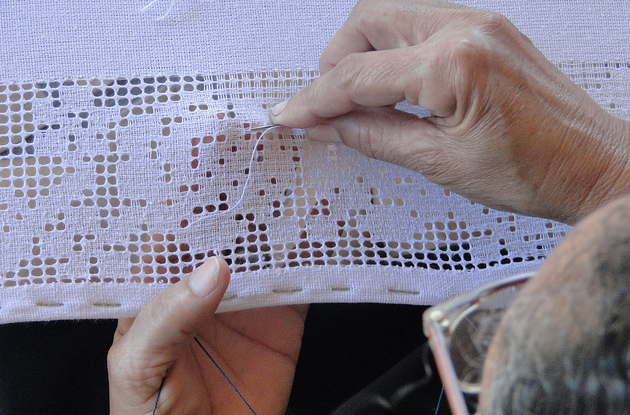
Even top talents like Osklen and Ronaldo Fraga have collaborated, not always successfully, with groups of women in northeast Brazil to create embroidered collections; similarly, Carlos Miele has worked with Coopa Roca, a historic cooperative that employs women from Rio’s Rocinha favela. At a governmental level, fair trade is encouraged by a law signed by President Lula in December 2010, which promotes fair trade practices in society. In addition, special legislation enacted in 2006 gives special and deferential treatment to small businesses so that they have access to public procurement.
Brazil’s Eco Efforts
Environmental initiatives may be less visible in the fashion sector, but it is pioneering in the entire industry. They are mainly taking place at an industrial level with textile companies being incentivized to use renewable energies and use waste to generate energy (→more). As a result, 46% of all energy used in the country is renewable, compared to 3% in the UK, 6% in the EU, 14% in Japan, and a global average of 12%.
Other initiatives are on the way. The fashion designers association, ABEST, is planning to assess the sustainability initiatives of their members with the aim of creating a group of ethical pioneers that will work under the umbrella of this association; similarly, the textile and garment association, ABIT, is collaborating with top universities and research centres in Brazil and abroad to develop innovative and sustainable textiles and processes that can be produced in the national industry.
All these projects and their potential implementation in a strong national industry that still encompasses a complete supply chain (from fibre to end-product) could potentially put sustainability at the core of the Brazilian fashion industry’s positioning. The industry could become a pioneering international innovation centre through cooperation with the most renowned research centres in the world and by creating local working groups where textile suppliers, garment makers, and designers find new ways to address sustainability and quality issues.
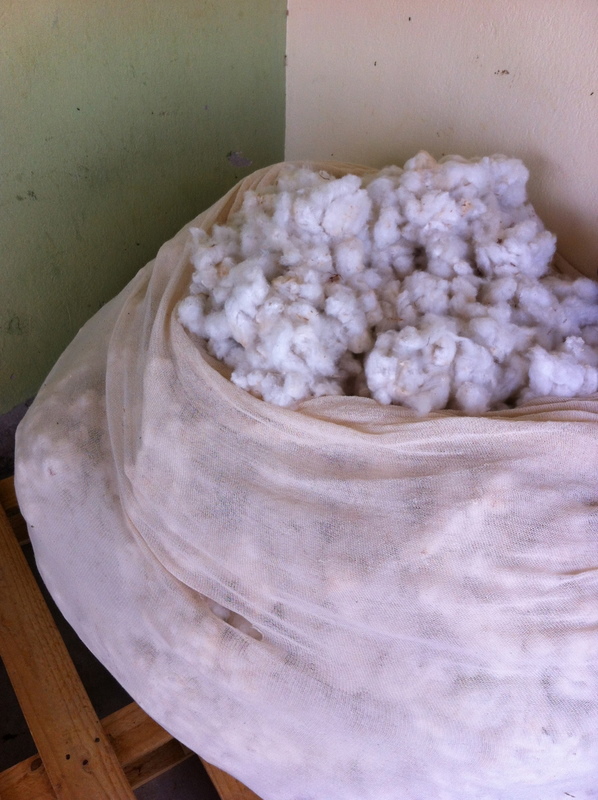
Could “Made in Brazil” Join the Line Up?
This would, of course, require a close collaboration among industry bodies and associations that should be able to present the business case for sustainability and more incentives by the government. The country’s assets, such as its stunning natural beauty, and the diverse and cosmopolitan Brazilian society could be represented in innovative designs and textiles. As with any other branding strategy, for a ‘Made in Brazil’ brand to become strong and compelling, it would need to be based on a few distinct elements. ‘Made in Italy’ stands for design and quality; ‘Germany’, for reliability and efficiency; and ‘Britain’, for eccentric and youthful. Brazil could be the next strong country brand to join this line up.
According to FutureBrand, an organization that ranks country brands according to five dimensions, Brazil is a rising star, currently holding the 31st position in the world ranking with great potential to climb further.
We can only wait to see what will happen on the fashion front.


